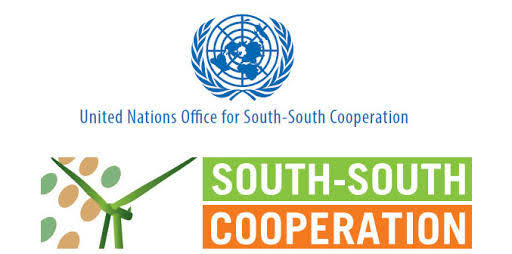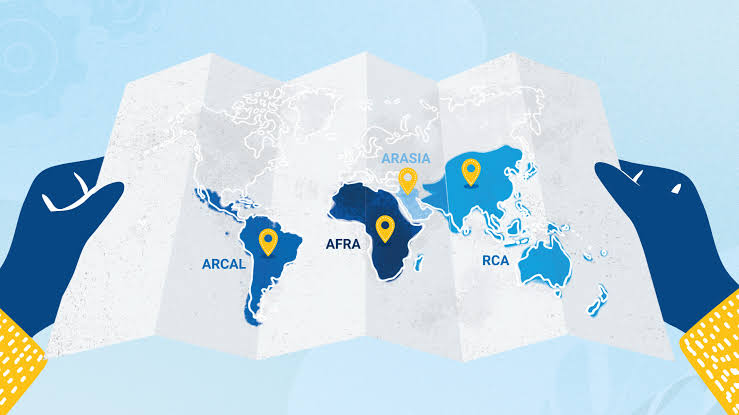The United Nations has emphasized the critical role of South-South cooperating in achieving the 2030 Agenda for Sustainable Development. This global framework aims to end poverty, protect the planet, and ensure prosperity for all. By fostering collaboration among developing countries, the UN believes that collective action can drive meaningful progress toward the Sustainable Development Goals (SDGs) .

### What is South-South Cooperation?
South-South cooperation refers to the sharing of knowledge, resources, and expertise among developing countries in the Global South. This form of cooperation is built on the principle of solidarity and mutual benefit, allowing countries to learn from each other’s experiences and successes. South-South cooperation can take many forms, including :
– *Technical Assistance*:
Countries can share technical expertise and knowledge to address common development challenges.
– *Capacity Building*:
Developing countries can work together to build institutional capacity and strengthen governance structures.
– *Resource Sharing*:
Countries can share resources, such as technology, financing, and infrastructure, to support sustainable development initiatives.

### Importance of South-South Cooperation
The UN believes that South-South cooperation is essential for achieving the SDGs, particularly in areas such as:
– *Poverty Eradication*:
By sharing best practices and innovative solutions, countries can work together to reduce poverty and improve living standards.
– *Climate Action*:
South-South cooperation can facilitate the sharing of climate-resilient technologies and strategies, helping countries to mitigate the impacts of climate change.
– *Health and Education*: Collaboration among developing countries can improve access to quality healthcare and education, driving progress toward better health and education outcomes.

### Examples of Successful South-South Cooperation
Several examples demonstrate the potential of South-South cooperation:
– *Brazil’s Cooperation with African Countries*:
Brazil has shared its expertise in agriculture and healthcare with several African countries, helping them to improve food security and access to healthcare.
– *China’s Belt and Road Initiative*: China’s Belt and Road Initiative has brought together countries from across the Global South to invest in infrastructure and promote economic development.
– *India’s Technical Assistance*:
India has provided technical assistance to several countries in areas such as information technology, healthcare, and agriculture.

### Way Forward
The UN emphasizes that South-South cooperation must be strengthened and scaled up to achieve the SDGs. This requires :
– *Increased Funding*:
Developing countries need access to sufficient funding to support South-South cooperation initiatives.
– *Institutional Capacity*:
Countries need to build institutional capacity to effectively implement and manage South-South cooperation projects.
– *Global Partnerships*:
South-South cooperation should be complemented by global partnerships that bring together governments, civil society, and the private sector.
By prioritizing South-South cooperation, the international community can harness the collective potential of developing countries to achieve the SDGs and build a more sustainable and equitable world.
